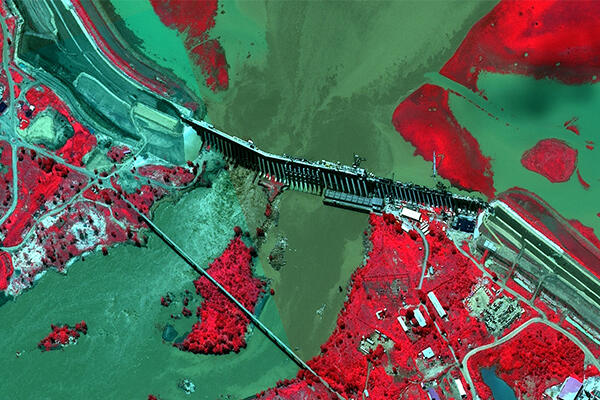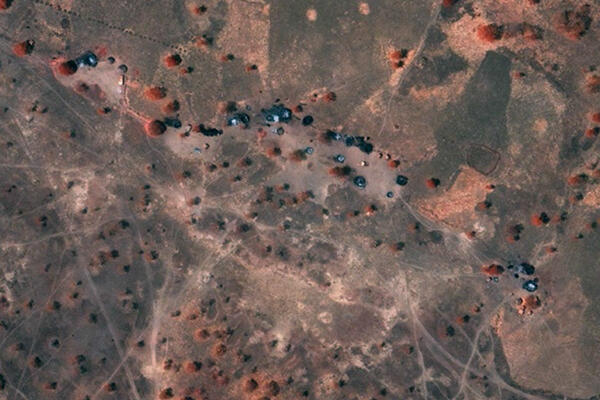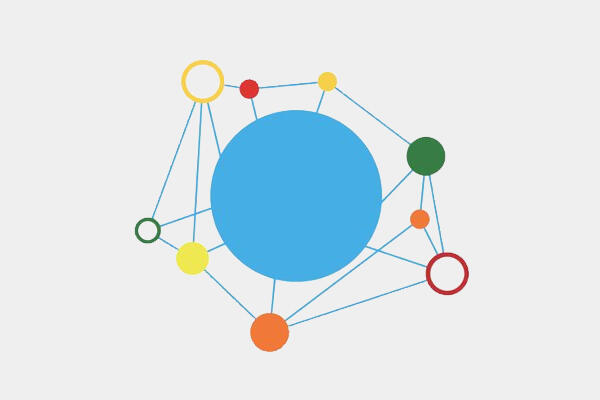Ziad Al Achkar and Nathaniel Raymond. 11/2016.
Data preparedness: connecting data, decision making and humanitarian response .
Abstract
Signal Program Standards and Ethics Series - Issue 1
Data are a central component of humanitarian response. Frequently, however, there is a disconnect between data, decision-making and response. Informed decisions need to be made in the first hours and days of an emergency, and if the elements to effectively gather, manage and analyse data are not in place before a crisis, then the evidence needed to inform response will not be available quickly enough to matter. What's more, a lack of readiness to use data can even cause "big data disasters".
Organizations need to be prepared to responsibly and effectively deploy and manage data collection and analysis tools, techniques, skilled staff and strategies in a specific operational context to be ready before a disaster strikes. This process is called “data preparedness”. The concept of data preparedness complements and expands on existing OCHA principles on the use of information management in disaster scenarios. This paper, which was reviewed by OCHA and other UN organizations, seeks to provide a blueprint for how the concept of data preparedness may be put into practice by members of the humanitarian data ecosystem. It is the first issue in the Signal Program's ongoing "Standards and Ethics" white paper series.



